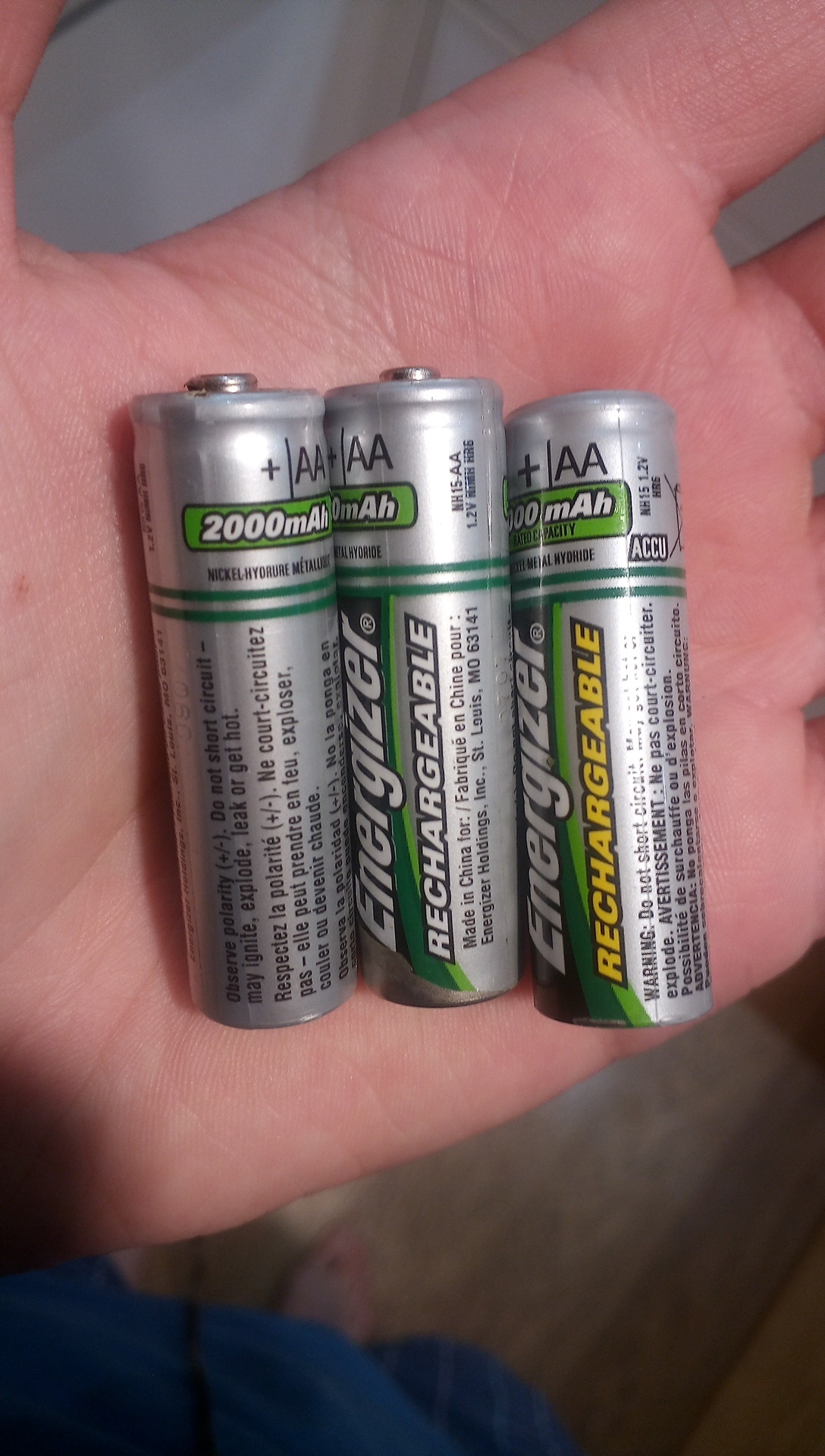494
you are viewing a single comment's thread
view the rest of the comments
view the rest of the comments
this post was submitted on 07 Aug 2023
494 points (100.0% liked)
Technology
41140 readers
349 users here now
A nice place to discuss rumors, happenings, innovations, and challenges in the technology sphere. We also welcome discussions on the intersections of technology and society. If it’s technological news or discussion of technology, it probably belongs here.
Remember the overriding ethos on Beehaw: Be(e) Nice. Each user you encounter here is a person, and should be treated with kindness (even if they’re wrong, or use a Linux distro you don’t like). Personal attacks will not be tolerated.
Subcommunities on Beehaw:
This community's icon was made by Aaron Schneider, under the CC-BY-NC-SA 4.0 license.
founded 3 years ago
MODERATORS

Alkaline batteries lose voltage as they drain, so 1.5V is at full charge but it drops down to about 1.2V very quickly and then stays at 1.0V - 1.2V for most of the alkaline battery’s operating life.
NiMH batteries tend to consistently stay at their nominal voltage (1.2V) through their entire charge.
So in other words, if you have devices that really expect exactly 1.5V per battery, they would only work with alkalines at the very top of their charge. Nowadays most non-garbage circuits should be designed to work just fine with anything above 1V per battery.